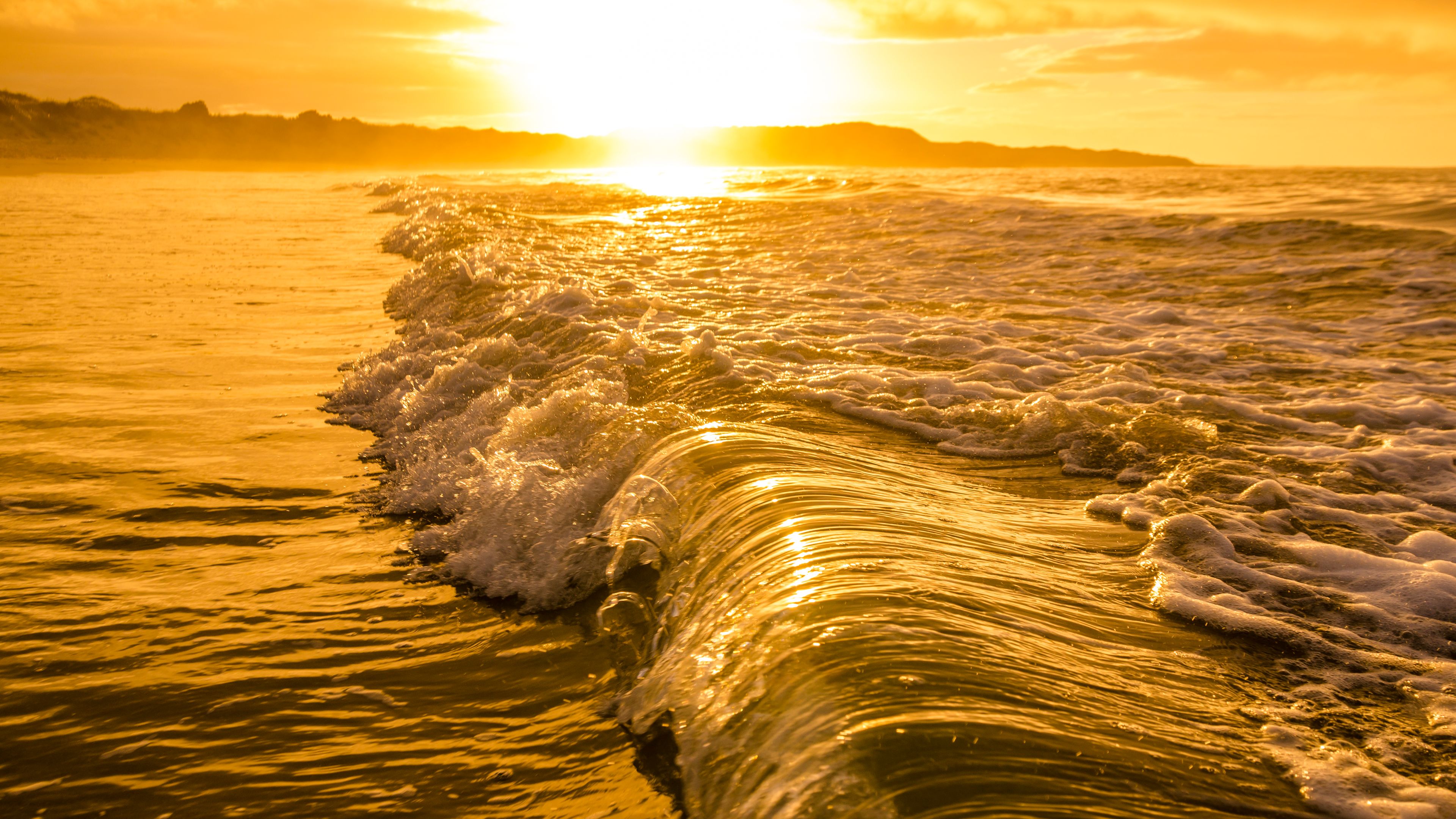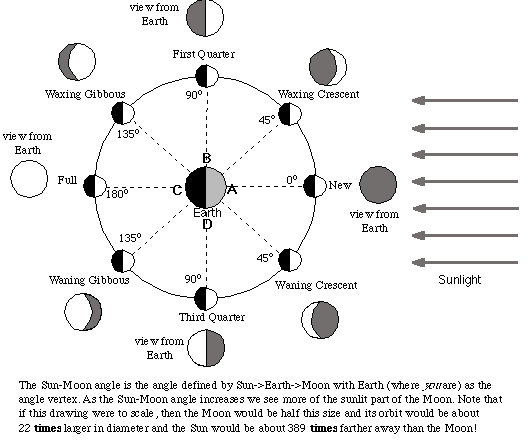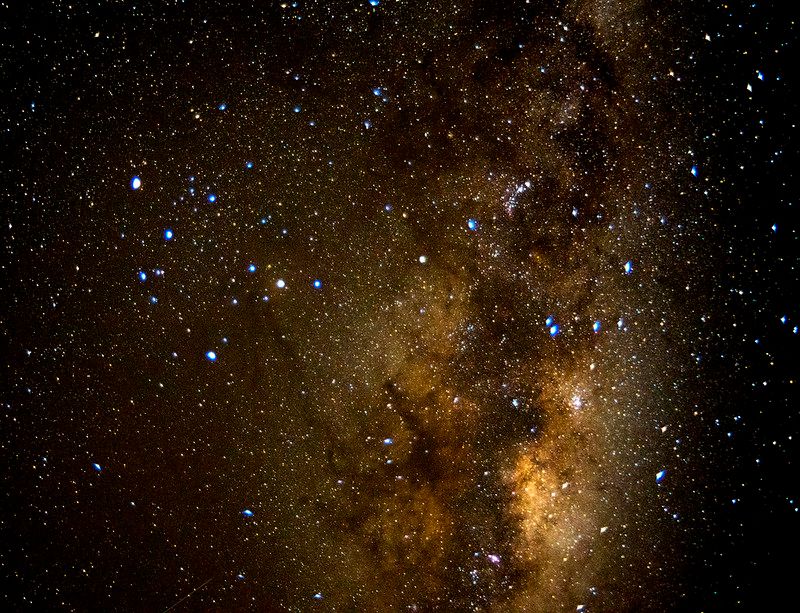Home/Curriculum resources/Mathematics, moon phases, and tides/Activity 1 - Measuring lunar phase angle and percentage illumination
Learning Area:
Mathematics
Year level:
Level 8
Suggested timing:
30-45 minutes

Activity 1 - Measuring lunar phase angle and percentage illumination
This activity is a part of the Mathematics, moon phases, and tides resource.
Breaking Waves at Sunrise, Killarney Beach, Gunditjmara country. Tiffany Garvie. Source: Ngarrngga. © Tiffany Garvie 2023. Used under licence
In this activity, students estimate the illuminated lunar surface area during different phases, calculate phase angles, and explore the Moon's changing appearance throughout a lunar cycle. They use graph paper to measure and analyse these aspects, connecting maths and lunar phases.
Required resources
Graph paper
Calculator
Print-out of Moon phases
Step by step guide
Step 1: Familiarise with Stellarium application
See Activity card What is Stellarium? if not familiar with this application.
Step 2: Supporting students through a mathematical problem
Give students a print-out of the Moon at seven different phases, along with a sheet of graph paper. Teachers can use images online or they can use a zoomed-in screenshot from the Stellarium software (www.stellarium.org).
Suggested phases are:
three days before First Quarter
three days after First Quarter
Full Moon
three days before Third Quarter
Third Quarter
four days after Third Quarter.
In the following image, use days 6, 8, 11, 15, 18, 21, and 25. Teachers should keep in mind (and perhaps ask students if they realise) that the phases in this image are taken from the Northern Hemisphere. They are upside down when viewed from the Southern hemisphere.
Have students undertake the following:
label each Moon phase with their Meriam Mir names.
place clear graph laminate over the Moon phase image, marking out the illuminated area.
count the lit boxes to estimate the surface area of the Moon lit during each of these phases. (The smaller the boxes, the more accurate the measurements).
calculate the ratio of the lit area of the Moon to the total area of the Moon.
answer the question, What is the percentage change from the previous phase calculated?
calculate the phase-angle based on the Moon phase, using the data they calculated before. This can be plotted as a Sine graph, where 0 and 180 degrees are the x-axis, and the y-axis shows +90 to -90 degrees, where +90 degrees is First Quarter and -90 degrees is the Third Quarter.
If the teacher uses screenshots from Stellarium (from a given place and time), the students’ work can be checked by clicking on the Moon during that phase. A drop down list of information is provided. One of them gives the percentage of Moon illuminated.

Fig. 1 : (Left) Relationship between lunar orbital phase angle (angle between the Moon and Sun) and lunar phase as seen from Earth. (Right) Determining % illumination of the Moon as seen from Earth. This image is courtesy of Nick Strobel at www.astronomynotes.com. Used with permission.
Related activities within this resources:

Inquiry-based learning questions
These inquiry-based questions are provided for flexible classroom use, allowing teachers to tailor discussion and reflections specific to their classroom needs.

What is Stellarium?
Discover Stellarium, a digital planetarium that offers a vivid depiction of the night sky worldwide, showcasing the celestial dance of the Sun, Moon, planets, and stars in real-time.

Activity 2 - Establishing the link between moon phases and tides
In this activity, students analyse tide data from Murray Island to establish a link between lunar phases and tide amplitudes. Students then use this information to determine optimal fishing days based on Meriam knowledge of fishing, Moon phases, and tides.
Suggested timing:
30 minutes